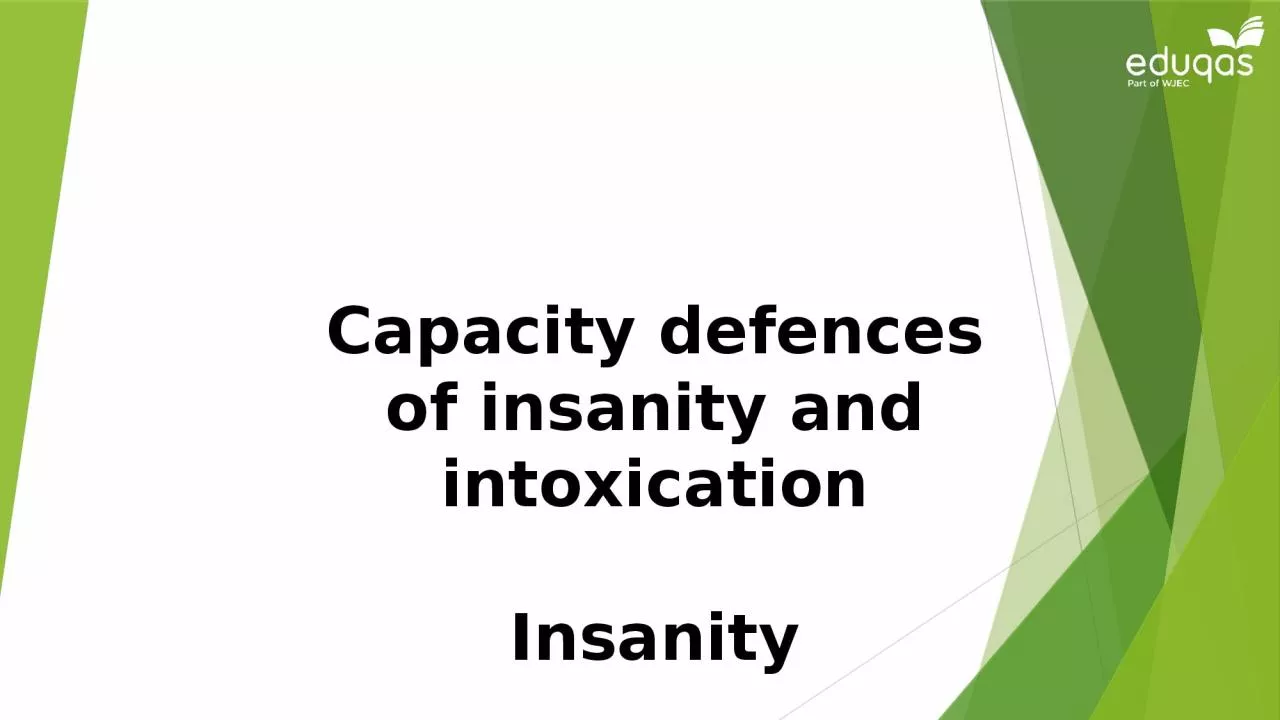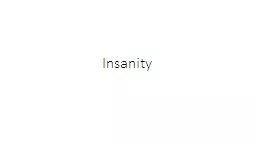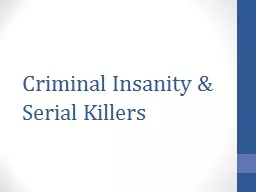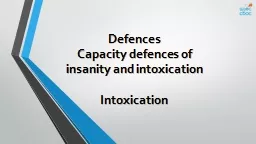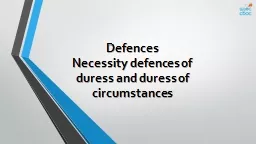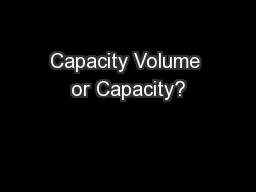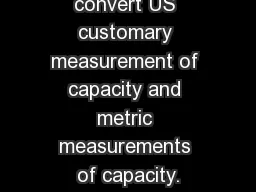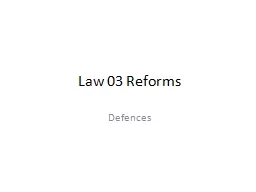PPT-Capacity defences of insanity
Author : maisie | Published Date : 2022-06-08
and intoxication Insanity MNaghten 1843 Daniel MNaghten had become so obsessed with the then Prime Minister Robert Peel that he decided to shoot him Instead
Presentation Embed Code
Download Presentation
Download Presentation The PPT/PDF document "Capacity defences of insanity" is the property of its rightful owner. Permission is granted to download and print the materials on this website for personal, non-commercial use only, and to display it on your personal computer provided you do not modify the materials and that you retain all copyright notices contained in the materials. By downloading content from our website, you accept the terms of this agreement.
Capacity defences of insanity: Transcript
Download Rules Of Document
"Capacity defences of insanity"The content belongs to its owner. You may download and print it for personal use, without modification, and keep all copyright notices. By downloading, you agree to these terms.
Related Documents

